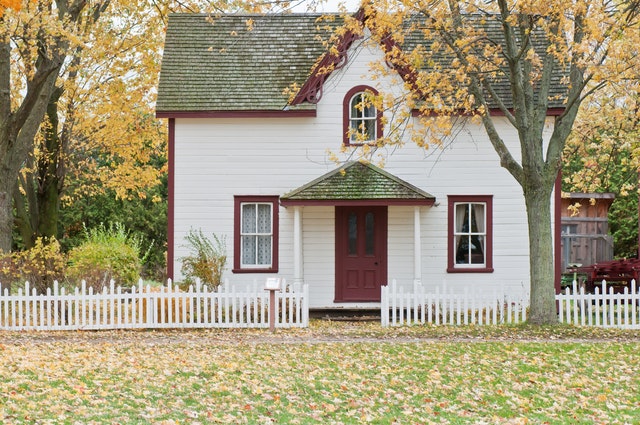There is so much we want to do when we retire. However, one factor that may limit a retiree’s freedom is the lack of money. During post-retirement, there may be a drop in income, making it challenging to make ends meet, especially in the absence of multiple income streams. To some individuals, a traditional loan may provide financial security. However, this type of loan comes with disadvantages you can’t overlook. For this reason, you may want to consider taking a reverse mortgage. This guide contains everything you need to know about reverse loans.
Types of Reverse Mortgages
There are two types of reverse mortgages: the private single-purpose reverse loan and the Home Equity Conversion Mortgage (HECM), including home remodeling and property taxes. Private lenders like Wells Fargo provide this type of loan. Contrastingly, HECMs are government-backed reverse mortgage loans. In other words, they are government-insured loans offered by government agencies, like the U.S Department of Housing and Urban Development.
Traditional loans require to make repayments always under a short timeframe. Failure to do so may lead to foreclosure on the home. On the contrary, a reverse mortgage puts money in your pocket while you live in your apartment. The lender buys the house from you and pays you monthly or through any other agreement. However, you have to pay your property tax, home insurance, and maintenance cost.
Qualifying for a Reverse Mortgage
When applying for a reverse mortgage, your lender will use a reverse mortgage calculator to determine your eligibility. How does this calculator work? A reverse mortgage calculator takes into consideration your home’s equity using its age, location, interest rate, current market value, and condition. The lender will also run a credit check to assess your creditworthiness. According to federal law, there is a borrowing cap on your home’s equity. What this means is that you can’t take more than your total home value. As such, your lender will use the estimation tool to calculate how much you can access.
Conditions for Receiving a Reverse Mortgage
You have to meet specific requirements to access a reverse mortgage fund and keep the term valid. Some of these conditions include the following:
- Your home must be your primary residence
- You are not to stay away from your apartment for longer than six months, except for medical reasons
- You should not be away for more than 12 consecutive months
- You have to comply with FHA specifications
- You have to pay your property taxes, home insurance, and maintenance cost
- There should be a co-borrower to retain the validity of the loan if the borrower is no more.
Once you qualify for a reverse mortgage, you can receive your funds in any of the following ways:
- You can set it up as a line of credit. This option works like a credit card and gives you access to funds anytime you want.
- You can set it as a lump payment option to meet several needs at once.
- You can set it up as a monthly payment to help you map out a budget and meet your monthly expenses.
There is also an option for you to receive your funds combining all the options stated above. With a reverse mortgage, you don’t have to worry about what the future holds anymore.


Leave a Reply